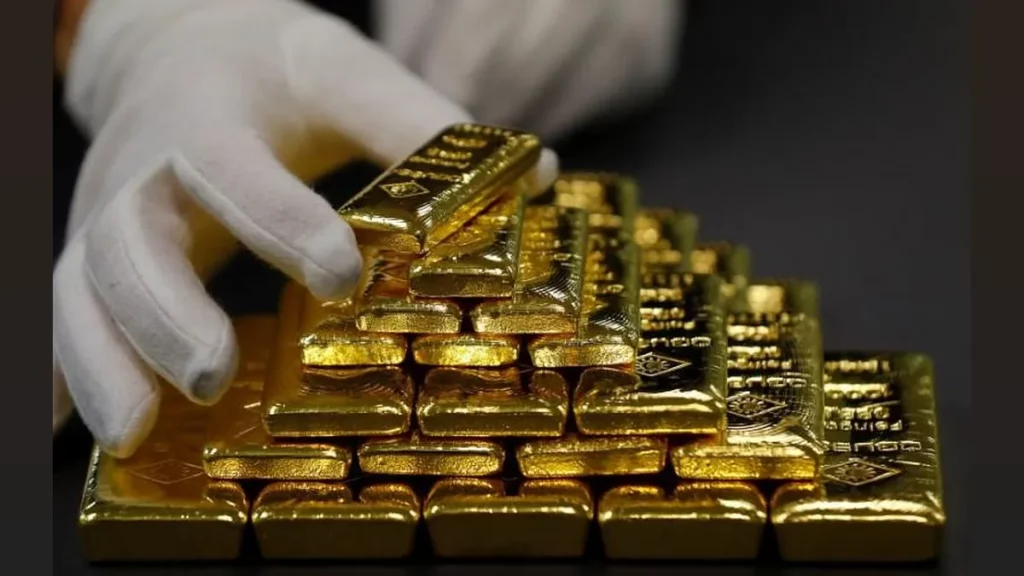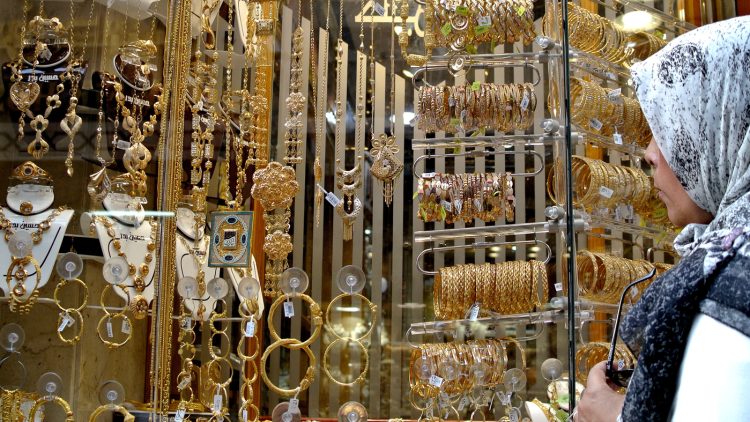How Gold Jewelry Has Performed During Past Financial Crises
Throughout history, gold has earned a reputation as one of the most trusted safe havens in times of economic turmoil, and gold jewelry, as a tangible and portable form of gold ownership, has consistently played an important role during financial crises. Historical data reveals that in periods of financial distress—whether caused by stock market crashes, banking collapses, hyperinflation, or geopolitical instability—gold jewelry tends to maintain or even increase in value relative to other assets. During the Great Depression of the 1930s, for instance, while equities plummeted and banking institutions failed, gold maintained its purchasing power, and jewelry crafted from gold became an essential medium for preserving wealth. Although the U.S. government limited private gold ownership through Executive Order 6102 in 1933, gold jewelry remained legally permissible, allowing Americans to continue holding wealth discreetly through personal ornaments.
Fast forward to the 1970s, the global economy experienced another series of shocks, including the collapse of the Bretton Woods system, rampant inflation, and an oil crisis. In response, gold prices surged from $35 an ounce in 1971 to over $800 by 1980. Gold jewelry, especially pieces made with high-karat gold, followed this price trajectory, becoming a valuable means for individuals to hedge against inflationary pressures. In emerging economies where access to formal banking was limited, gold jewelry was even more critical, serving simultaneously as adornment and a portable savings mechanism.
The 2008 global financial crisis provides another instructive case study. As the world witnessed the collapse of major financial institutions and stock markets reeled, gold prices again climbed, reaching over $1,900 an ounce by 2011. Consumers flocked to gold jewelry both for personal security and as an investment strategy. Retailers noted significant increases in the sale of plain gold pieces such as bangles, chains, and rings, all of which offered high resale value based on their intrinsic gold content. In cultures like India’s and China’s, where gold jewelry traditionally holds familial and financial importance, buying surged even further, reinforcing jewelry’s role as a reliable financial asset during uncertain times. These examples consistently illustrate that during financial crises, gold jewelry has not only retained value but often served as a lifeline for those seeking to preserve or transfer their wealth.
The Role of Gold Jewelry as a Safe Haven During Uncertain Times
Gold jewelry offers unique advantages as a safe haven asset, combining the security of precious metals with the liquidity and cultural acceptance of wearable wealth. Unlike other physical assets such as real estate or fine art, gold jewelry is highly portable, divisible, and recognizable across different markets and societies. This universality is especially crucial during financial crises when swift asset mobility can mean the difference between preservation and loss. In many parts of the world, particularly in Asia, the Middle East, and parts of Africa, gold jewelry is viewed as an essential component of financial planning, ensuring that families have a tangible, easily liquidated asset in times of need.
One of the key factors behind gold jewelry’s resilience is its dual valuation. It is assessed both for its material worth—the weight and purity of the gold—and for its artistic, brand, or historical value. This duality provides a built-in cushion: even when resale markets discount craftsmanship, the underlying gold value typically holds firm, offering investors a safety net that few other luxury goods can match.
Moreover, during periods of currency devaluation and hyperinflation, gold jewelry provides a means to retain purchasing power when fiat currencies lose value rapidly. Historical episodes like the hyperinflation of Zimbabwe in the 2000s and the more recent Venezuelan economic collapse highlight scenarios where citizens turned to gold jewelry to conduct everyday transactions or safeguard family wealth. Gold’s inverse correlation with economic instability strengthens its appeal further. In times when equities, bonds, and currencies falter, gold—and by extension, gold jewelry—typically rises, offering critical portfolio diversification. This safe haven characteristic has prompted many modern investors to incorporate gold jewelry not merely as a fashion choice but as a strategic element within broader wealth preservation strategies.

Opportunities for Investors Based on Historical Data
Historical data provides valuable insights for investors seeking to leverage gold jewelry as part of a diversified investment portfolio. First and foremost, historical patterns indicate that periods of financial uncertainty tend to precede significant increases in gold prices. By studying past crises, investors can identify early warning signs—such as rising inflation, banking instability, or geopolitical tensions—that historically precede a surge in gold demand. Strategic timing of jewelry acquisitions around such signals can maximize returns, allowing investors to purchase before major price increases.
Investors should also pay attention to the type of gold jewelry they select. Historical data shows that plain, high-karat (22K–24K) gold pieces typically offer better liquidity and resale value during crises compared to heavily adorned or designer-centric items. In regions like India, simple gold bangles and chains often command higher resale premiums because they are easily appraised and resold based on gold weight alone. For investors in Western markets, reputable branded jewelry—such as pieces from Cartier, Van Cleef & Arpels, and Bulgari—can add an additional layer of value through brand recognition and craftsmanship appeal. However, during extreme financial distress, intrinsic gold content tends to outweigh design value in determining resale price.
Another strategic opportunity lies in geographical diversification. Historical data indicates that the demand for gold jewelry spikes differently across global regions depending on the nature of the financial crisis. In Asia, domestic demand for gold jewelry tends to rise sharply during inflationary shocks or currency devaluations, while in Western markets, investment-grade bullion and plain jewelry see surging interest during banking crises. Investors can hedge risks by diversifying holdings to include gold jewelry assets across multiple markets, thereby tapping into regional demand surges.
The emergence of authenticated secondary markets for pre-owned gold jewelry also presents a promising opportunity. As consumers and investors become increasingly comfortable with purchasing vintage or pre-owned jewelry, platforms offering verified authenticity and transparent pricing allow investors to access gold jewelry investments at competitive rates. Historical data suggests that during previous financial crises, secondary markets for gold jewelry expanded rapidly, enabling liquidity even during tight credit conditions. This trend is likely to continue, offering modern investors enhanced flexibility and exit options.
Finally, historical analysis underscores the importance of long-term holding strategies. While short-term price spikes can be tempting, the greatest returns historically have accrued to those who maintained gold jewelry holdings across multiple economic cycles. For instance, individuals who purchased gold jewelry in the early 2000s and held it through the 2008 crisis and subsequent bull market enjoyed significant gains both from rising gold prices and increased cultural demand for fine jewelry. This suggests that while tactical acquisitions around crises are valuable, viewing gold jewelry as a core, enduring component of an investment portfolio yields superior results over time.
In conclusion, gold jewelry has consistently demonstrated resilience and value during financial crises throughout history. Its unique combination of material worth, portability, cultural significance, and liquidity makes it a powerful safe haven asset. Historical data affirms that investors who strategically time their acquisitions, prioritize high-purity and investment-grade pieces, diversify geographically, and commit to long-term holding strategies can significantly enhance their financial resilience during times of uncertainty. As the global economic landscape continues to evolve, gold jewelry remains not only a timeless adornment but a timeless investment.



































